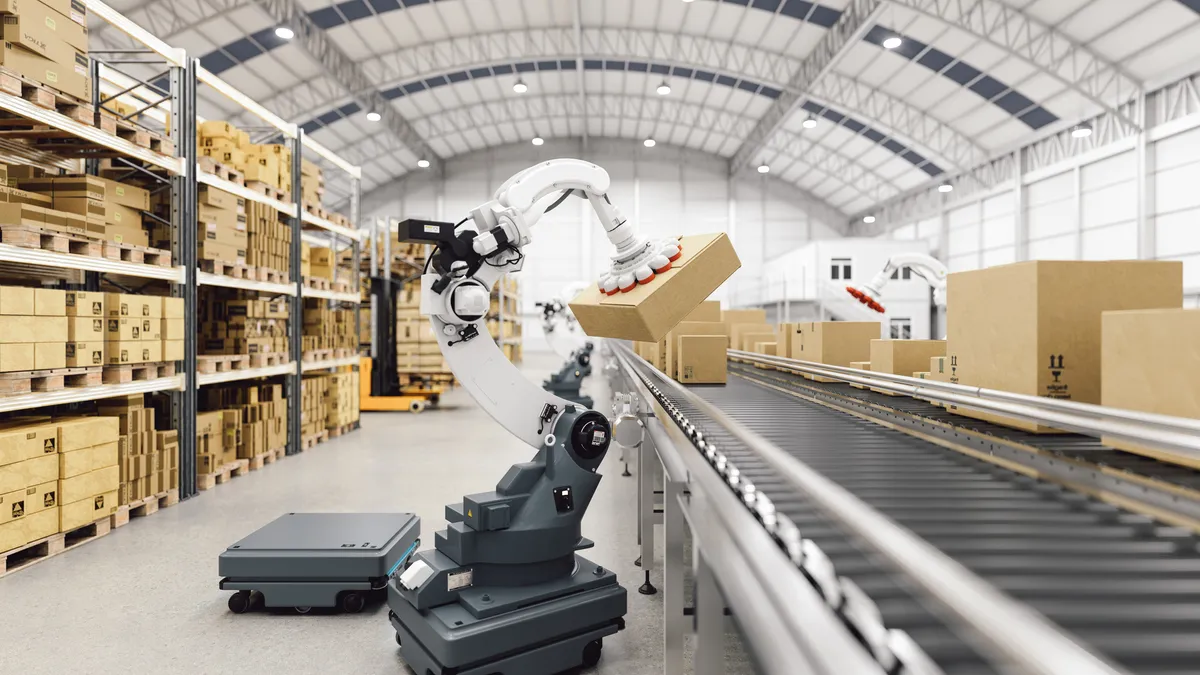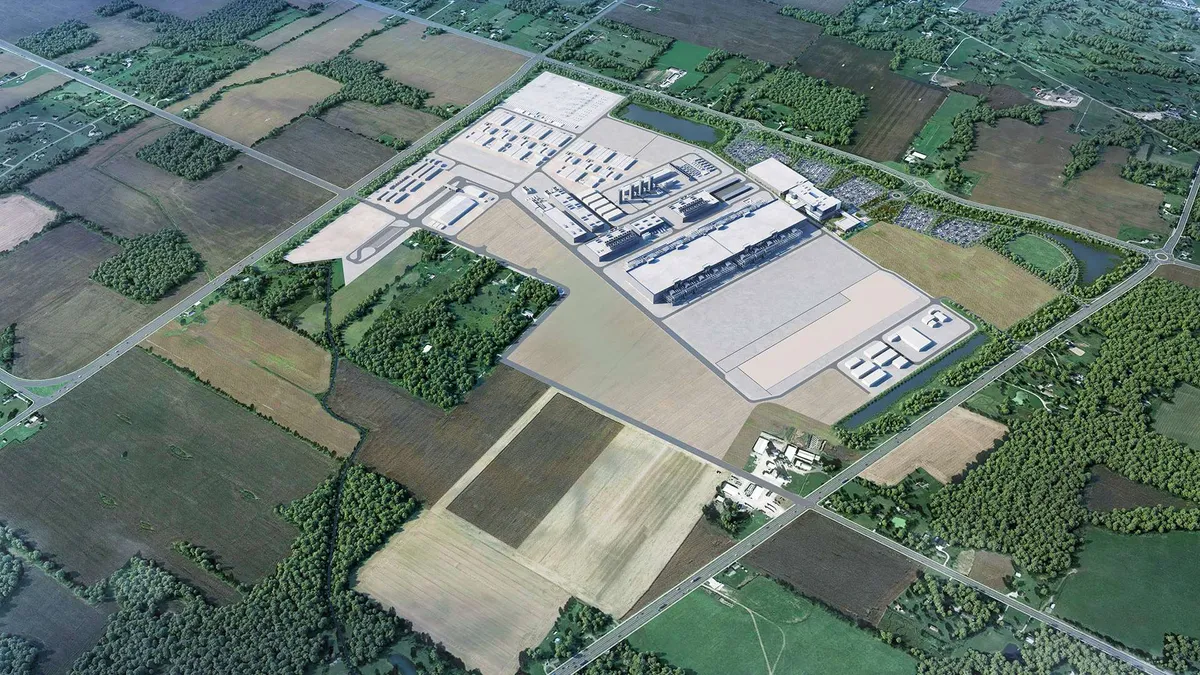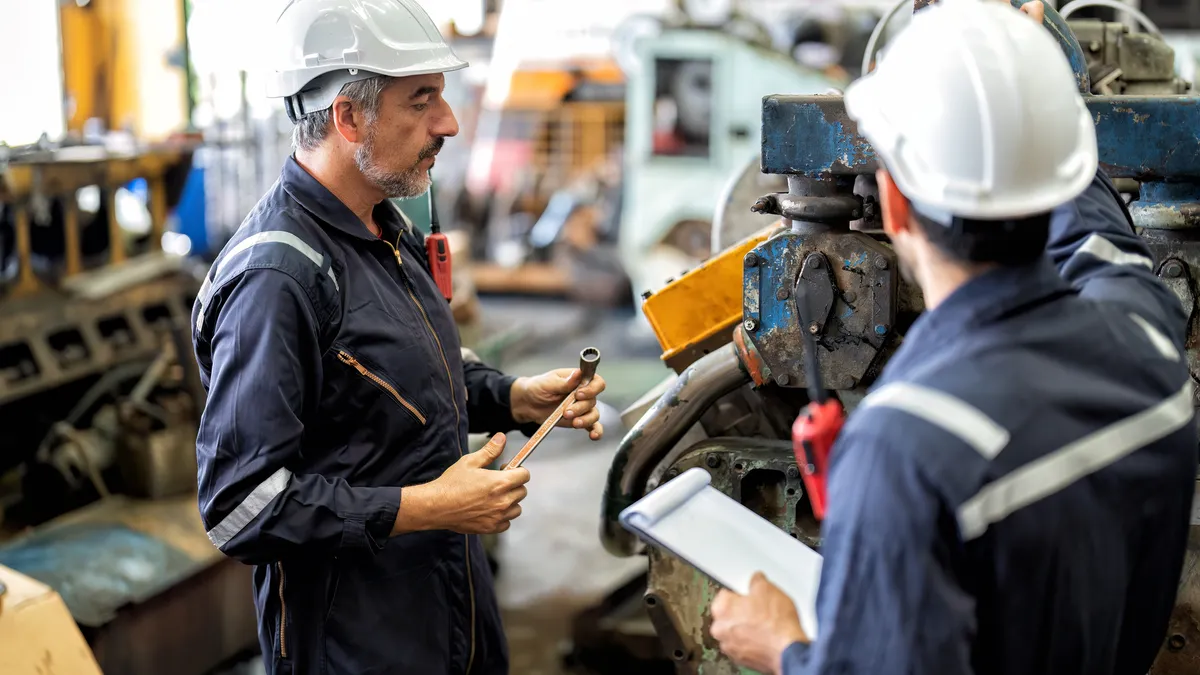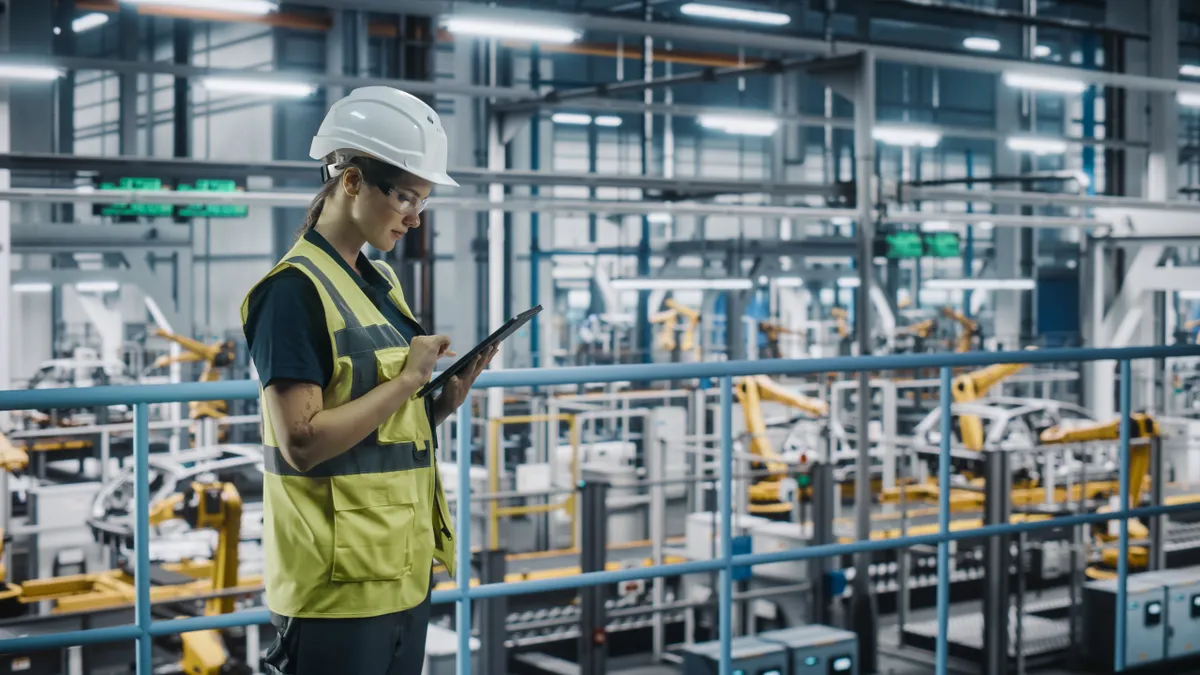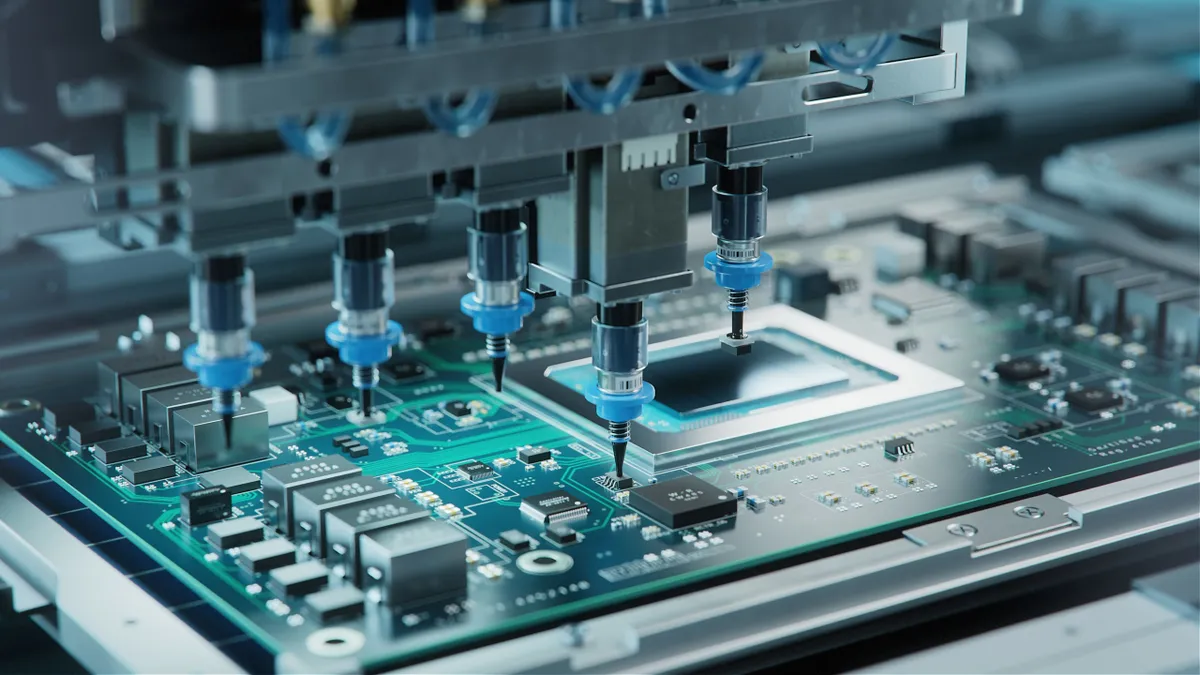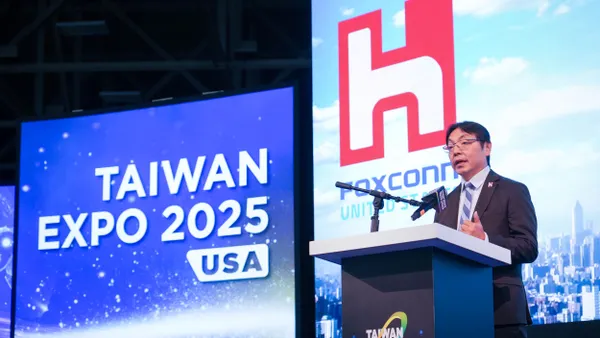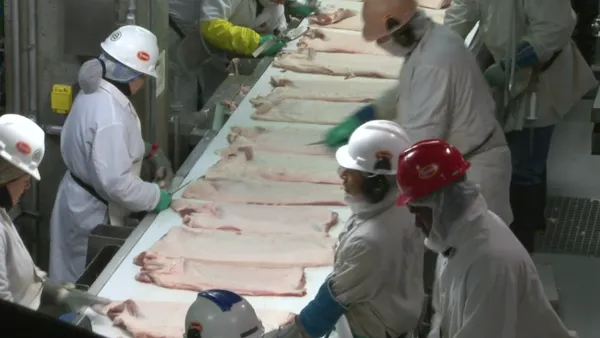Editor’s note: This story is part of an ongoing series diving into the opportunities and challenges facing the manufacturing industry in 2023. Read the rest of the series here.
As manufacturers invest in new facilities and capabilities in an uncertain economy, many are prioritizing technology spending.
Emerging technologies, including AI, additive manufacturing and 5G connectivity, helped many companies to stay afloat during the tumult of the last three years. In an economic downturn, the capabilities can represent a competitive advantage.
To kick off the new year, we're taking a look at some of the key technology trends making an impact in the manufacturing industry.
Electric manufacturing for vehicles and batteries
Tim Shinbara, vice president and CTO for the Association for Manufacturing Technology, expects electrical manufacturing to mature in 2023, particularly regarding EVs and batteries.
"That's important because that's a demand domain for [U.S. manufacturing supply] manufacturing technology," Shinbara said. "We see that picking up speed. I thought it did OK in '22, but I think it's going to increase the pickups and speed and evolve.”
Companies are likely to increase spending on R&D for chemistry alternatives to lithium for use in producing EV batteries, such as gallium nitride. He said similar integrative materials and processes would also improve hydrogen fuel cell battery production.
“I suspect 2023 will realize increased tech utilization to improve the process itself with some evolutionary advancements in the tech itself,” Shinbara said in an email.
Such developments are being made as companies strive to keep up with skyrocketing EV demand. EV sales hit record highs last year, with 230,000 light-duty EVs sold in the second quarter, according to Atlas Public Policy.
Automakers and their suppliers will continue making considerable investments in EV manufacturing in 2023 to keep up with that demand. In addition, companies are increasingly investing in new electric vehicle and battery manufacturing sites in a bid to qualify for EV tax credits offered through the Inflation Reduction Act.
“I suspect 2023 will realize increased tech utilization to improve the process itself with some evolutionary advancements in the tech.”

Tim Shinbara
Vice president and CTO for the Association for Manufacturing Technology
Connected data
The coming year will see more use of data in the manufacturing industry, said Dr. Ragu Athinarayanan, a professor in Purdue University's School of Engineering Technology.
"If we can collect the data from a manufacturing system, we can track what is happening in the process/es, when it is happening, and use that data to build insights, to better help manufacturers identify trends, predict outcomes, and identify potential problems even before they happen,” Athinarayanan said in an email.
Connected data through sensors can also help companies learn more about what's going on with their equipment and whether it needs maintenance or replacement, said Paul Wellener, leader of U.S. industrial products and construction at Deloitte.
Companies are investing in connected technologies, installing wireless networks or 5G in manufacturing facilities or using artificial intelligence and machine learning to increase efficiency, he added.
"As we look ahead, we will see more 5G, AI, machine learning embedded in manufacturing operations,” Wellener said. "Inside the factory, we will see many tools being deployed to help make companies more efficient and effective, to address safety issues and supply chain shortages."
Connectivity will also continue to help manufacturers navigate supply chain disruption.
"Analytical tools are helping companies with their supply chain to see availability, and figuring out how do they get material into the factory, so they can build products for their customers," Wellener said.
Automation and robotics will augment, not replace, labor
More manufacturers will add automation and robotics to their operations this year, Shinbara projects. The technologies are poised for growth in the manufacturing industry, in part due to their ability to help alleviate ongoing labor constraints.
Smart automation will also grow in the year ahead, according to Athinarayanan.
“By using technologies like artificial intelligence and machine learning, we can draw insight from the data,” Athinarayanan said. “And we can then provide information from the data to the human being – which is the human worker – to help them improve the process.”
Wellener noted that the expanded use of robotics and automation is not to replace workers but to improve processes and efficiency, supplement workforces and help close the skills gap. It’s why he thinks manufacturing will continue to see investments in those spaces in the coming months, since there is still a macro-level skills shortage and talent gap in manufacturing.
“When you think about automation and robots and cobotics, they'll have to communicate or be communicated to,” Wellener said. “So then you think about the cloud, you think about 5G, you think about connectedness in factories, that will help bring things together.”



